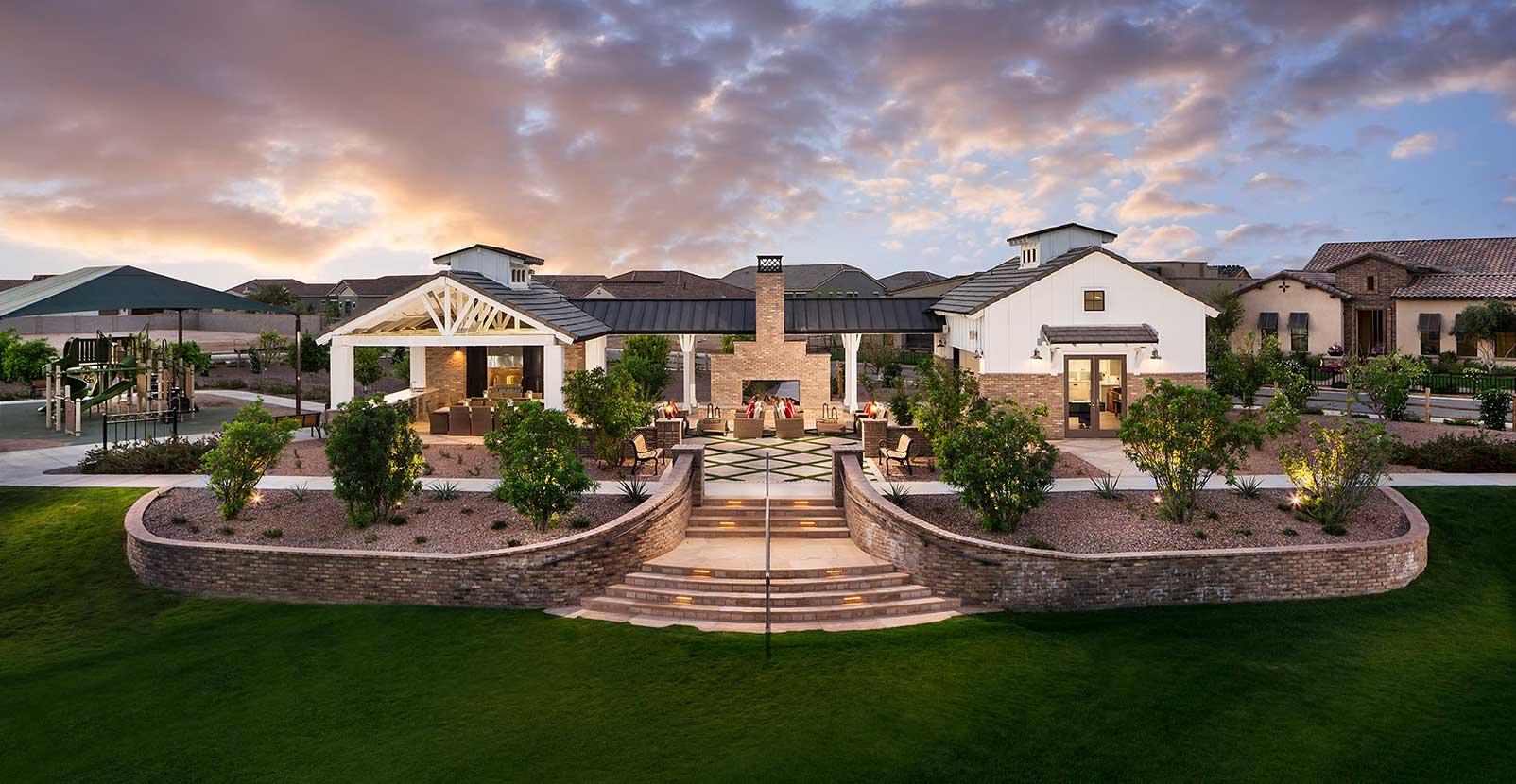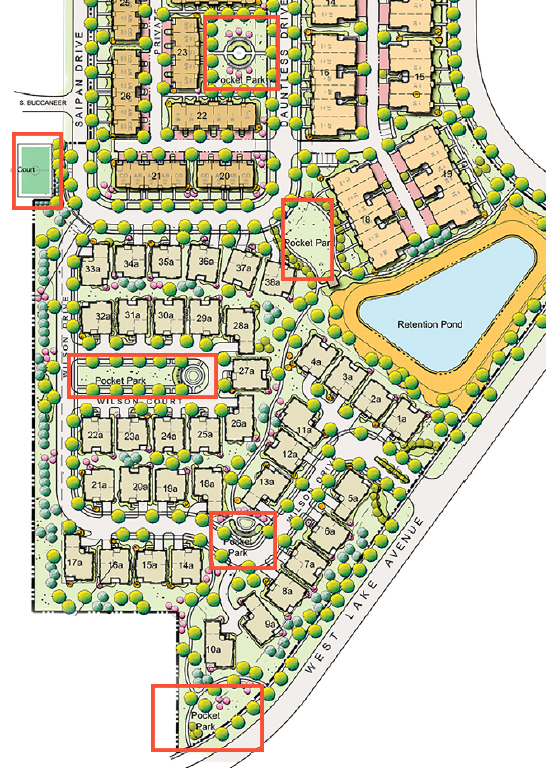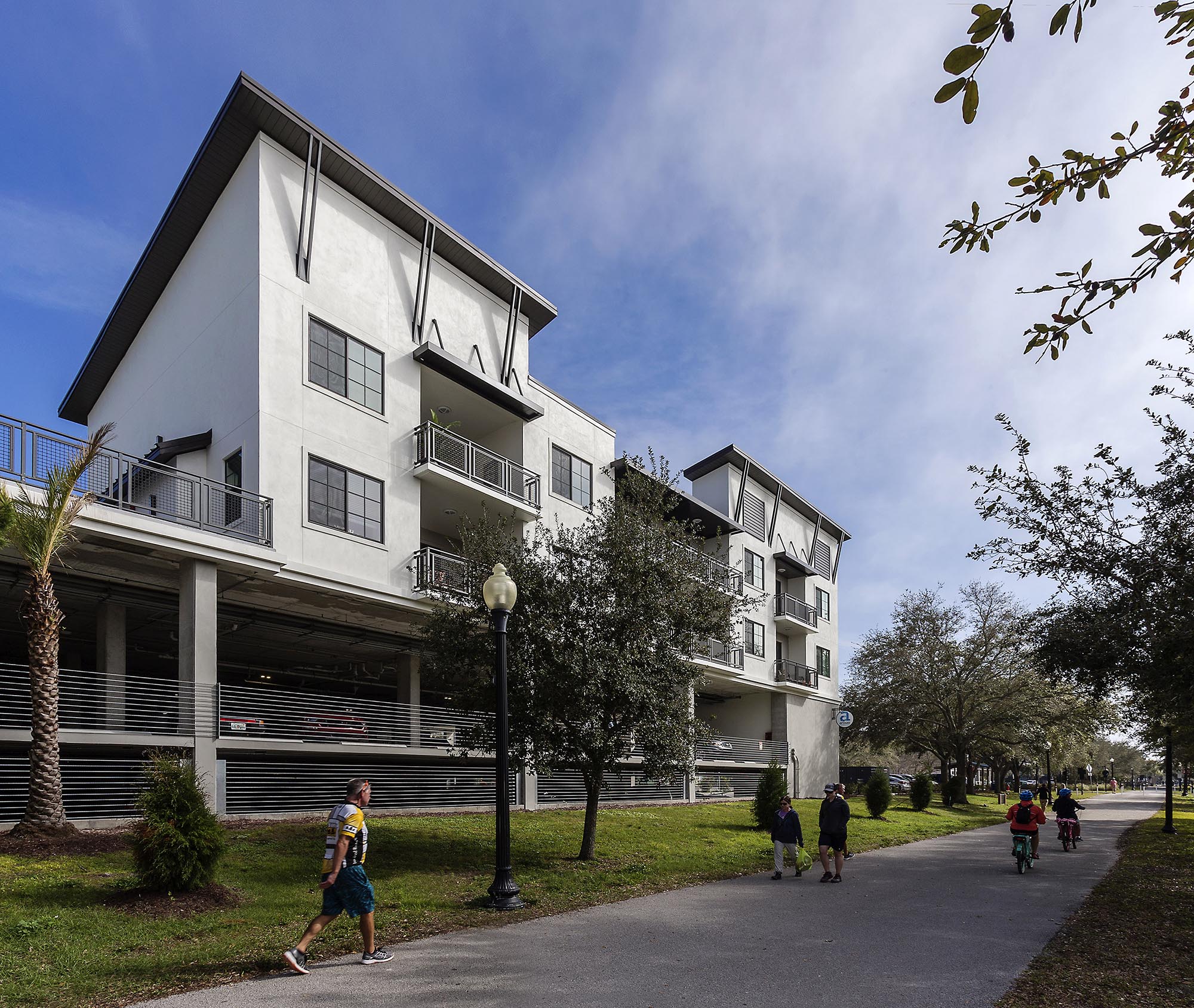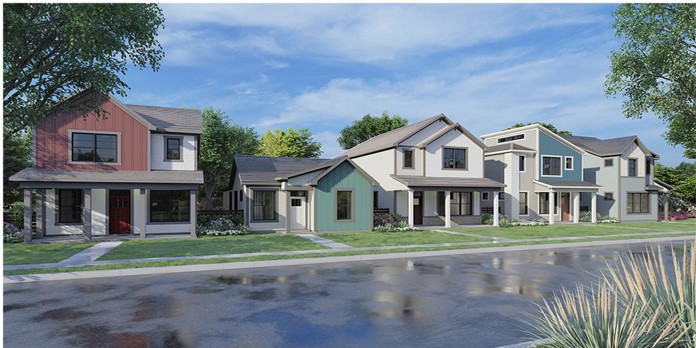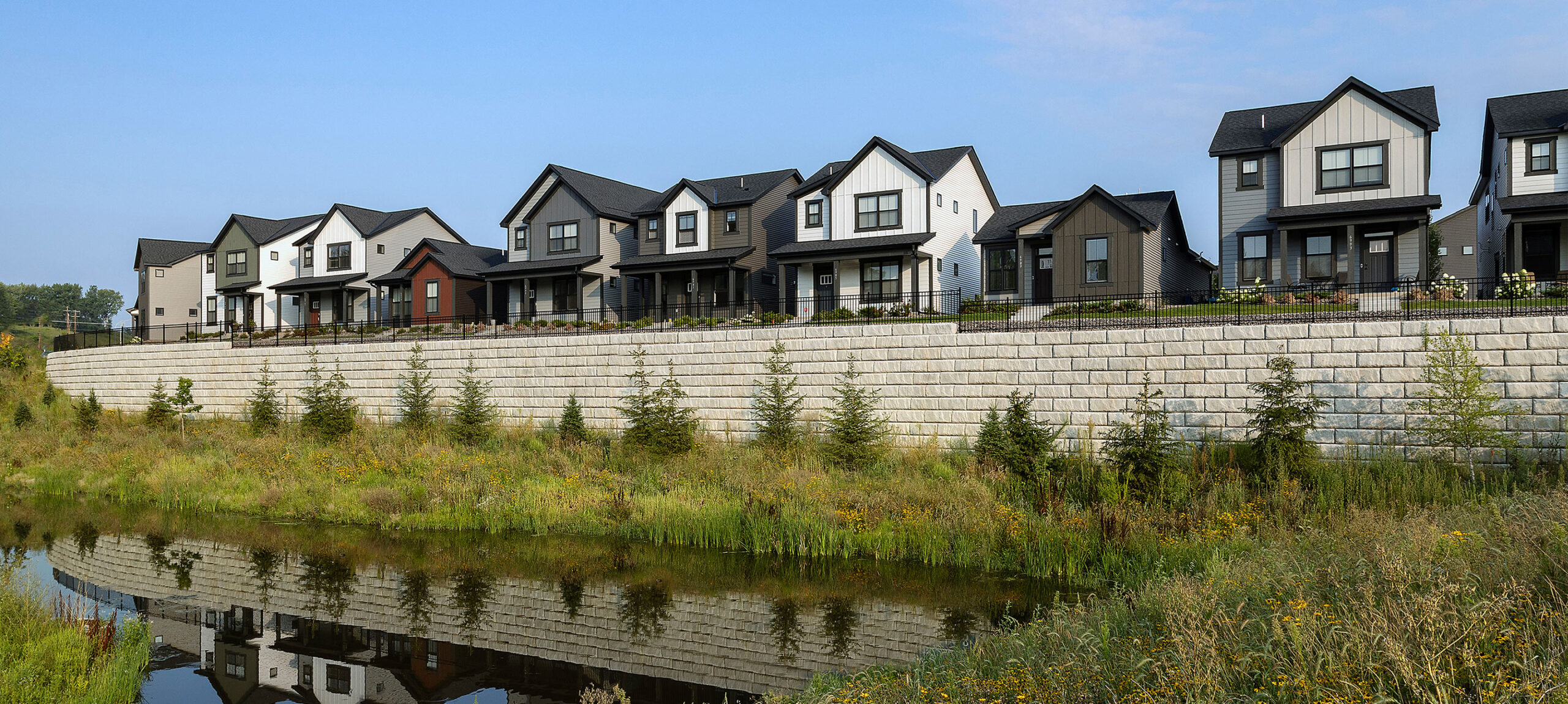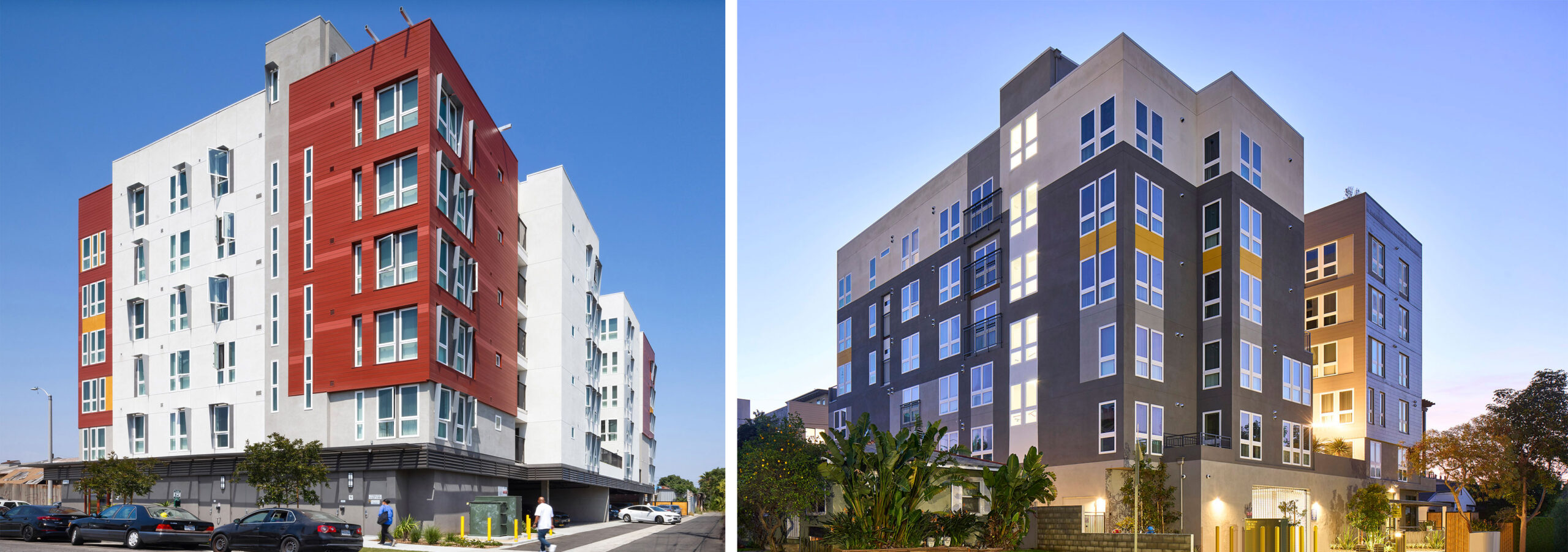Community design, like all other sectors of the housing industry, has been forever changed due to COVID-19. The priorities for residents of for-sale communities have shifted, and in order to gain trust and confidence with these consumers, we must adapt to the changes. I recently had the pleasure of participating in an educational presentation at this year’s IBSx. I joined Teri Slavik-Tsuyuki, Dean Wehrli and Peter Dennehy to discuss “The Future of Community Design in a Post-COVID World”. Here’s an overview of some of the top trends we discussed during the session.
Smaller Spaces with Connectivity
 Smaller amenity spaces were already on an upward trend pre-COVID, but now they are even more critical as they allow for multiple gathering spaces for smaller sized groups. For warmer climates, it’s about walkability, many walking/biking trails, outdoor firepits, sport courts, parks and more scattered throughout the community. Instead of one large pool, multiple spas can be located around the primary amenity building. In colder climates, multiple buildings will become more popular rather than one large clubhouse. They are connected through walking trails throughout the community and offer pocket park spaces and natural reserves along the way. This trend offers a solution to safely socialize in a more intimate setting and the opportunity for all residents to enjoy the community simultaneously.
Smaller amenity spaces were already on an upward trend pre-COVID, but now they are even more critical as they allow for multiple gathering spaces for smaller sized groups. For warmer climates, it’s about walkability, many walking/biking trails, outdoor firepits, sport courts, parks and more scattered throughout the community. Instead of one large pool, multiple spas can be located around the primary amenity building. In colder climates, multiple buildings will become more popular rather than one large clubhouse. They are connected through walking trails throughout the community and offer pocket park spaces and natural reserves along the way. This trend offers a solution to safely socialize in a more intimate setting and the opportunity for all residents to enjoy the community simultaneously.
Looking at home placement and layout, opting for alley loaded garages offers opportunities to more effectively stylize the streetscape and to enhance neighborhood connectivity. A front porch allows additional outdoor space while also allowing residents to connect with their neighbors.
Multi-Functional
Making amenities multi-functional should be a huge priority. Over-programming amenity spaces can significantly reduce usage frequency. Instead, keep spaces functional yet flexible enough to enable consumers to decide how to use them. For example, get creative with existing wetland areas or required retention pond so they become true destinations. Design a boardwalk to connect trails, a fishing spot, add nearby pavilions for picnics; These spaces will win over prospective buyers, all while effectively managing site requirements and accomplishing an eco-friendly design.
Dog Spaces
Americans spent 490 million dollars on Halloween costumes for their pets in 2019. A household is much more likely to have at least one dog compared to none, so it’s important to include this furry family member in our spaces. Areas for the dog to go to the bathroom, play fetch and socialize with other neighborhood dogs is a great way to promote community among neighbors. Fenced-in dog parks are a critical design amenity that cannot be skipped! Better yet, in larger communities, design multiple, smaller dog parks to increase access for all residents.
Our communities are ever-changing, but these trends are here to stay. Stay tuned for part two to read about how for-rent community amenities have adjusted and a look at the biggest trends for 2021 and beyond.
